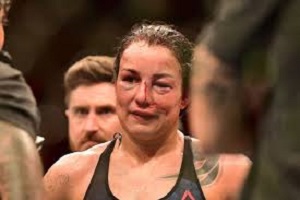
Bloodyelbow.com
After the fourth round of her championship fight with Amanda Nunes, Raquel Pennington was a mess. Her shin and calf were dappled with lacerations, a bruise was creeping up her cheek to her eye, and her nose had been pounded into a shape like a swollen pear. “I’m done,” she said. “I want to be done.”
“No, no, no, no,” said her coach, Jason Kutz. “Let’s power through this. Let’s believe. Change your mindset. Change your mindset. Let’s just throw everything we got. We’ll recover later. Throw everything we got.”
A few minutes later, Pennington was face first on the floor. The swollen nose had been smashed to a pulp, and was drooling a stream of blood into a puddle as the referee pulled a jubilant Nunes away.
After the fight was called, Nunes asked the organizers to bring Pennington’s fiancee Tecia Torresto the cage, as well as her own partner, fellow strawweight Nina Ansaroff. Both of them have trained alongside Nunes at American Top Team. All four of the women, including Pennington, know and seem to like each other.
Torres ignored the risk of getting blood on her spotless white dress and immediately went to hug Pennington. She gently touched the swelling on her cheek. Pennington’s shattered nose had started to gush again and Torres instinctively lifted her hand beneath it, fingers crooked into steps to stem the flow. She glanced around, with something like that look of exasperation and grief normally reserved for hospitals, when something big and terrible has happened and all you want is for someone to help fix a small piece of it. She got someone to bring her a towel, and held it up to Pennington’s face.
The scene was equal parts tender and horrifying and awkward. Ansaroff and Torres and Nunes stood there in a rough semicircle and Nunes told the arena how they would all still be friends, and go and get a beer afterwards. This part was not true, because Pennington would go to the hospital.
As Nunes talked of the value of their friendship, Torres nodded along while still trying to attend to Pennington, and Pennington even tried to laugh. The overriding impression was that they were all trying very hard to make this normal. One woman was trying not to be too triumphant, and others were trying not to be too broken. There was a sincere attempt at making this just a day at the office. Everyone could get over it and be friends again, despite the fact that half of one couple had just beat half of another until she was choking on her own blood.
These are the moments when you realize just how different some people are, that there is a basic distance in lived experience. This particular group is tied together by a lot of things, like being in the same brutal job, and being extremely good at it. They are all at or near the championship level, and exposed to the associated unknowable pressures. All of them have fought, and know what it’s like for a loved one to fight in front of them, to prepare for months to exchange punches and kicks with one of the best in the world. They’ve trained with their partners. Nunes talked about how she first got to know Ansaroff because the much smaller woman was the only one at their gym who wasn’t scared of her.
Think about that for a second, then. “I like you because you’re not scared that I’m going to beat your ass.” Ansaroff has talked about how it’s useful to get things out in sparring, as a kind of couple’s therapy. Violence is acceptably and deeply twined into that life in ways which are unexpected, even kind of mundane. Who on the outside could really understand?
This idea of “unknowability” seems relevant, because this is at the core of most of the explanations for why it was a good idea for her coaches to pressure Pennington into going out to fight once she said that she couldn’t. It’s been explained repeatedly that people outside the bubble can’t understand what it is to coach or train and fight, and this seems like it has to be pretty much true.
That doesn’t mean that criticism is invalid, though. Maybe Pennington was going to get the comeback knockout, her first since she finished noted not-good fighter Kim Couture back in 2012. It’s a possibility. But also, it feels disingenuous to ask “what if the incredibly unlikely good thing happens?” without asking the corresponding “what if the incredibly likely bad thing happens?”
If a fighter is looking at the floor and mumbling about how they don’t want to go on, then perhaps they just need a kick up the backside in order to perform. Alternatively, maybe something has been dislodged or crushed inside in a more fundamental way. They are dizzy, messed up unseen, and it is a very bad idea for them to go out there.
I’m not sure if it’s possible for anyone to really tell which of these is which, no matter how well they know the person in question. I have no doubt that a fighter’s coach knows them infinitely better than some dork on the internet, but I feel that in a situation where you are deliberately overriding what someone says, and when their safety is at stake, you have to be one hundred percent confident and… no-one knows anyone that well…?
It seems that a lot of the time the coach’s job seems to be to instill an enormous amount of self-confidence. Coach and fighter build a refractory kind of complete trust in one another. “I am the greatest in the world” is replied with “I believe that you are the greatest in the world” is replied with “I believe that you believe that I am the greatest in the world” and so on. I get that pulling the fighter out of a fight risks taking a hammer to that hall of mirrors.
It’s often the coach’s responsibility is to push their fighter past their limits, and this is normally applied to things like training, or weight cuts. But I think an actual fight is different. This is the time when all that preparatory work is put into action. The fighter, to all intents and purposes, is out there on their own.
Sometimes they dig deep into places they didn’t know they had. Early on in the evening, we saw Jack Hermansson bust his rib in the second, and rally to stop Thales Leites in the third, then stagger over to the side of the cage sobbing with pain. Jacare Souza exhausted himself in the first round against Kelvin Gastelum, and spent the next two rounds doggedly chasing the younger man and throwing laboured shots to almost salvage a win. But these are both individual and contextual. It didn’t matter how much heart Hermansson had against Thiago Santos, because he got brutally knocked out. Sometimes these comebacks happen, and sometimes they don’t, but I don’t think that it’s a good idea to force a fighter to try and make one.
Torres, and Kutz, and even Pennington herself have said that they are fine with the corner pushing her through, but… a fight is always going to be alien. In strange new situations, I don’t think that you need nuance and subjectivity, like being able to look into someone’s eyes and be reasonably sure that their mind and body are both in good enough shape to move forwards. You need clear bright lines and a readily available emergency brake which stops everything immediately. Like someone saying “I’m done.”
The cage seems like it’d be a lonely place. The fighter punches and kicks and grabs and chokes, and all they can hear are instructions and encouragement every five minutes, or shouted through the mesh. The only thing they can really say in return is that they’ve had enough. They can ask to leave and come home. Telling them “no” seems like it holds an attendant risk that they won’t.

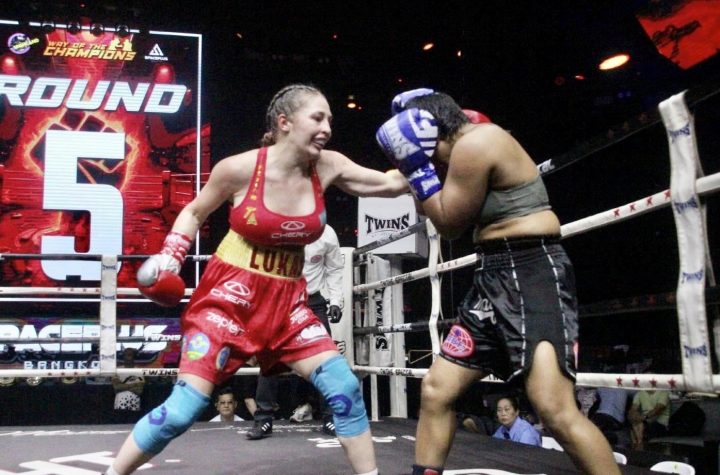
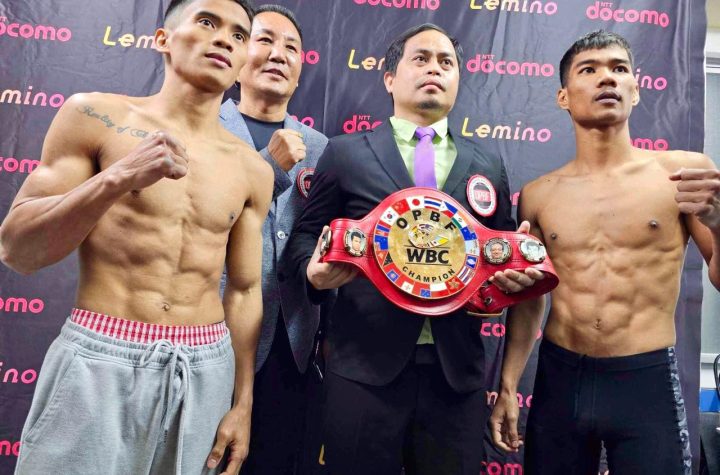
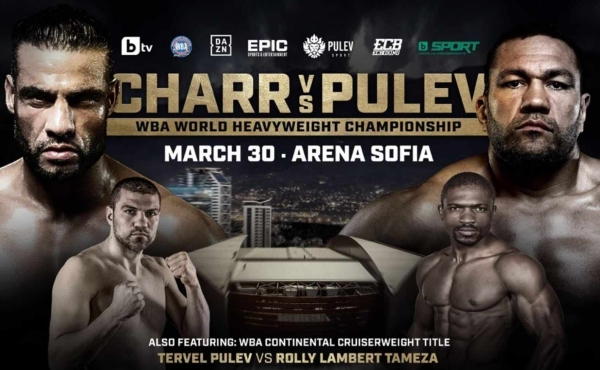
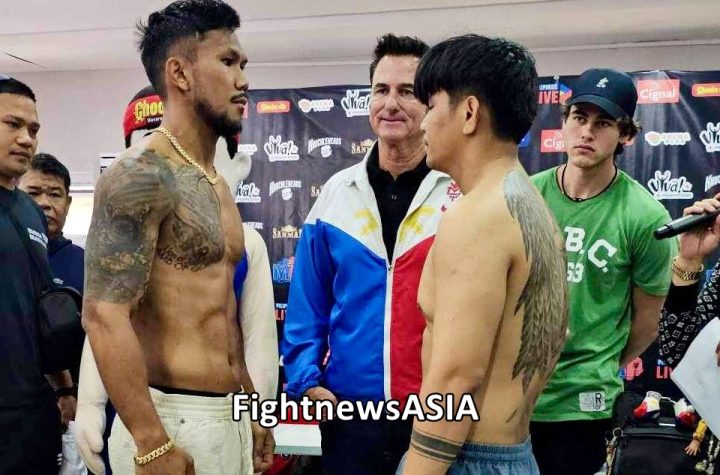
More News
Jafarov, Lukas, Purcell Win
Fajardo, Simri Make Weight
Charr, Pulev, Lambert in Bulgaria